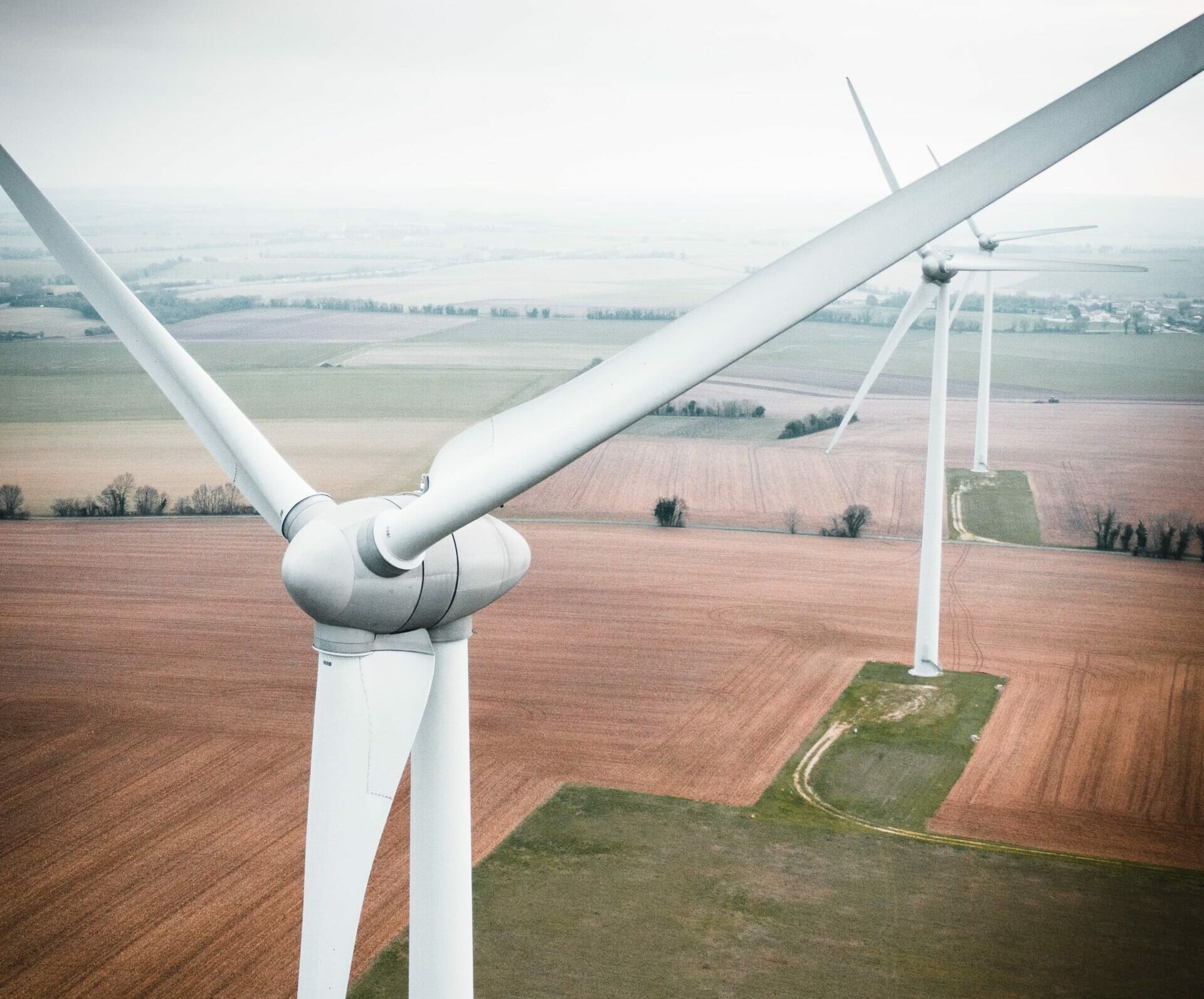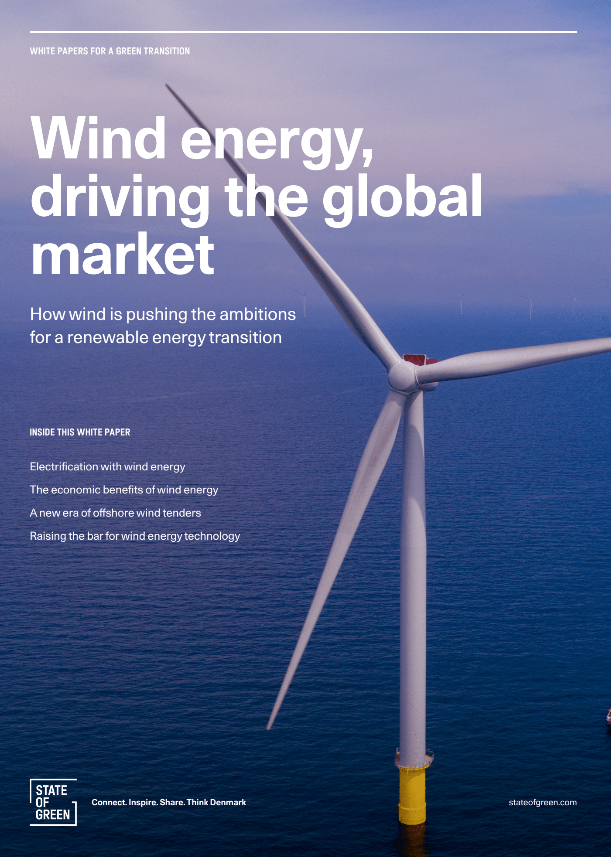Download our publication on wind energy today
This article is part of our publication ‘Wind energy’.
Download nowPerspective
Wind energy


The Danish Parliamentary election in 2019 showed that global warming is at the very top of voters’ minds. The election became a “green game changer” with numerous political initiatives aimed at bringing Denmark closer to its ultimate goal of becoming climate neutral in 2050. Following the election, these initiatives were turned into broad political agreements and concrete actions. In December 2019, the national Climate Act was passed with the overarching target of a 70 per cent reduction of greenhouse gas emissions by 2030 compared to a 1990-level. The act became legally binding with 94 per cent of parliament voting in favour of the agreement.
To reach the target, the government formed 13 strategic “climate partnerships” representing all branches of Danish industry. The partnerships each had four months to formulate their recommendations on how their industry could reduce emissions. The recommendations today serve as a guide for the Danish politicians on taking the right measures, while maintaining a close involvement and commitment from the industry. The recommendations are used in formulating political agreements across sectors to reduce emissions. Amongst the first to have a binding set of rules were the production and energy sectors. Here, a broad agreement was reached in the summer of 2020. The agreement introduced the establishment of energy islands, a substantial increase in the national offshore wind capacity, and other initiatives promoting a green transition.
Overall, the agreement paves the way for a 3.4 million tonnes reduction in CO2 emissions by 2030 out of the roughly 20 million tonnes needed to reach the 70 per cent target. In the coming years, the Danish Parliament will add agreements for other Danish sectors e.g., the transportation and the heating sectors. These sectors are vital for the realisation of the 70 per cent target as electrification of the Danish society will be a catalyst. For the same reason, all political bills will be subject to a CO2 calculation going forward, displaying their contribute to the overall reduction.
Seen in a global perspective, Denmark only has a miniscule carbon footprint, being the source of merely 0.1 per cent of the world’s CO2 emissions. So, it begs the question: Why would Denmark set such an ambitious target for greenhouse gas emission reductions? The answer is simple. Denmark has a key role in showing the world how to decouple CO2 emissions from economic growth. In the coming years, Denmark is likely to push forward on the green transition to illustrate to the world that green business is good business. In doing so, Denmark will continue to demonstrate that achieving the climate targets set forth in the Paris Agreement of 2015 is indeed within reach.

This article is part of our publication ‘Wind energy’.
Download now